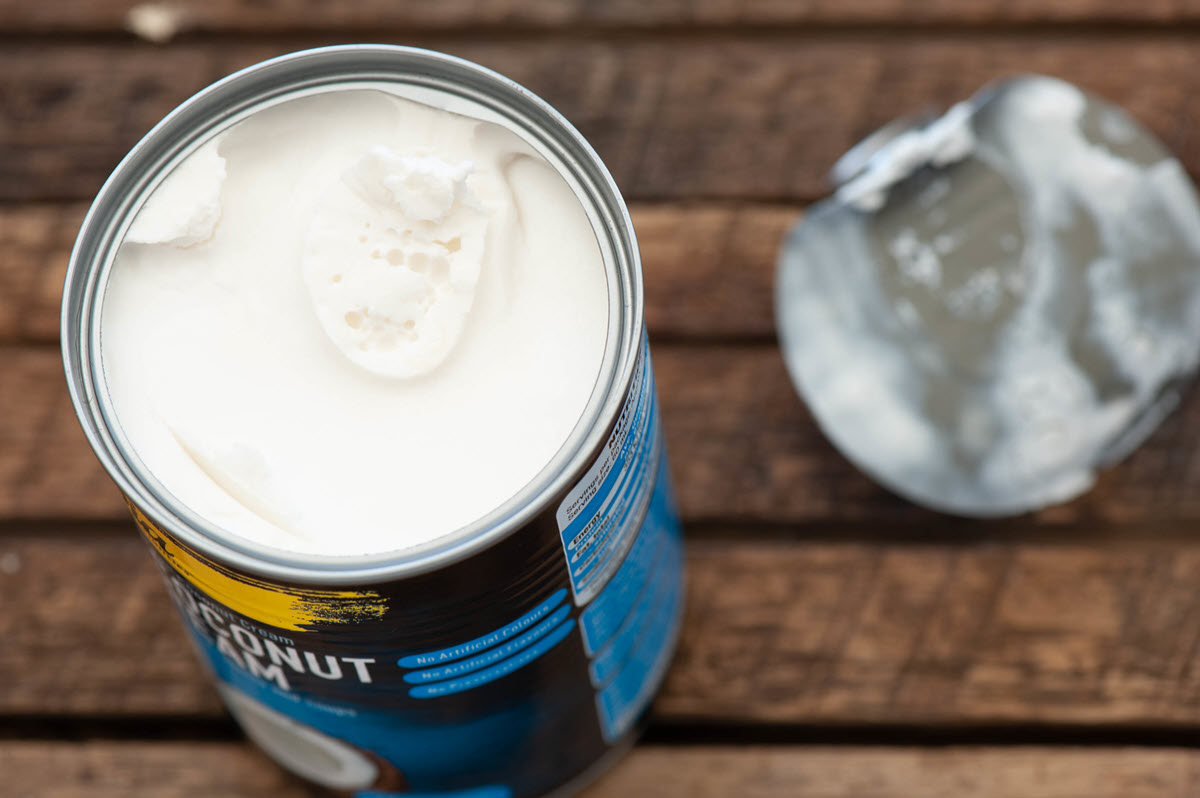

Articles
How To Store Open Can Of Coconut Milk
Modified: February 23, 2024
Discover the best way to store an open can of coconut milk and keep it fresh for longer. Our informative articles provide helpful tips and tricks for proper storage methods.
(Many of the links in this article redirect to a specific reviewed product. Your purchase of these products through affiliate links helps to generate commission for Storables.com, at no extra cost. Learn more)
Introduction
Coconut milk is a versatile and creamy ingredient that adds a delightful flavor to many dishes, from curries to smoothies. However, once you open a can of coconut milk, you may find yourself wondering how to store the remaining contents properly. Unlike other dairy products, coconut milk has a limited shelf life once exposed to air.
In this article, we will explore the various methods for storing an open can of coconut milk to ensure its freshness and longevity. Whether you plan to use the leftover coconut milk the next day or save it for future recipes, these tips will help you maintain its quality.
Key Takeaways:
- Don’t let leftover coconut milk go to waste! Use these storage methods to keep it fresh and ready for future recipes, saving money and minimizing food waste.
- From freezing in ice cube trays to vacuum sealing, these creative methods ensure your open can of coconut milk stays fresh and delicious for longer.
Read more: How To Store Opened Can Of Coconut Milk
Why Store an Open Can of Coconut Milk?
Coconut milk is typically sold in cans, and these cans often contain more coconut milk than needed for a single recipe. Instead of wasting the excess, storing an open can of coconut milk allows you to preserve its flavor and nutritional value for future use.
Furthermore, buying larger cans of coconut milk is often more cost-effective than purchasing smaller cans. By knowing how to properly store the open can, you can take advantage of bulk purchases and enjoy the benefits of using coconut milk in various recipes without any waste.
Tips for Storing Opened Coconut Milk
Before discussing the specific methods for storing coconut milk, it’s essential to keep a few general tips in mind:
- Use a clean, airtight container: When transferring the coconut milk, ensure the container is clean to prevent any contamination. Additionally, ensure it has a tight seal or lid to keep out air and moisture.
- Label and date the container: To avoid confusion, label the container with the date of storage. This way, you can easily keep track of how long the coconut milk has been stored and ensure its freshness.
- Refrigerate promptly: Aim to store the open can of coconut milk as soon as possible after opening it. The longer it sits at room temperature, the higher the risk of spoilage.
- Observe the expiration date: While storing opened coconut milk can prolong its usability, it’s essential to be aware of the expiration date. If the coconut milk is nearing or has exceeded the expiration date, it is best to discard it to avoid any health risks.
Now that we have covered the general guidelines, let’s dive into the specific methods for storing an open can of coconut milk. Each method offers a different approach to preserving the freshness and quality of the coconut milk, so you can choose the one that suits your needs.
Key Takeaways:
- Don’t let leftover coconut milk go to waste! Use these storage methods to keep it fresh and ready for future recipes, saving money and minimizing food waste.
- From freezing in ice cube trays to vacuum sealing, these creative methods ensure your open can of coconut milk stays fresh and delicious for longer.
Read more: How To Store Opened Can Of Coconut Milk
Why Store an Open Can of Coconut Milk?
Once you open a can of creamy coconut milk, you may find yourself with more than what your recipe requires. Instead of letting this delicious ingredient go to waste, storing an open can of coconut milk allows you to prolong its usability and make the most of your purchase.
First and foremost, coconut milk is a versatile ingredient used in a wide range of recipes. From curries and soups to desserts and beverages, it adds a rich and creamy texture to dishes. However, many recipes call for only a portion of a can, leaving you with leftover coconut milk that needs to be stored.
By storing an open can of coconut milk, you can easily preserve its freshness and nutritional value for future use. This not only prevents wastage but also saves you money in the long run. Buying larger cans of coconut milk is often more cost-effective than purchasing smaller ones, and properly storing the opened can ensures that you can use the remaining portion without any compromise in flavor or quality.
Furthermore, coconut milk, like any other dairy or plant-based milk, has a limited shelf life once it is exposed to air. Unrefrigerated coconut milk can spoil quickly and develop an unpleasant smell or taste. By storing the open can properly, you can prevent spoilage and prolong its usability.
Storing an open can of coconut milk also offers convenience. You don’t have to run to the store every time you need a small amount of coconut milk for your recipes. Instead, you can store the excess portion and conveniently grab it whenever you need it. This saves you time and ensures that you always have coconut milk on hand for your culinary adventures.
Finally, storing an open can of coconut milk aligns with sustainability goals. By minimizing food waste, you contribute to the reduction of greenhouse gas emissions and conserve valuable resources. It’s a small step that makes a big impact in promoting environmentally-friendly practices in your daily life.
Whether you’re a food enthusiast or a conscious consumer, storing an open can of coconut milk is a smart choice. It allows you to extend the lifespan of this delightful ingredient, save money, and reduce waste. With these benefits in mind, let’s explore the various methods for storing coconut milk to ensure its freshness and longevity.
Tips for Storing Opened Coconut Milk
When it comes to storing an open can of coconut milk, there are a few key tips to keep in mind to maintain its freshness and quality:
1. Use a clean, airtight container: Transfer the remaining coconut milk to a clean, airtight container. This helps prevent any potential contamination and keeps the coconut milk fresh for longer. Choose a container that is specifically designed for food storage and has a tight-fitting lid to seal in the freshness.
2. Label and date the container: To avoid any confusion or forgetting how long the coconut milk has been stored, it’s important to label the container with the date of storage. This ensures that you have a clear record of how long the coconut milk has been stored, allowing you to use it within a reasonable time frame.
3. Refrigerate promptly: Coconut milk is highly perishable and can spoil quickly when left at room temperature. To prevent this, make sure to refrigerate the opened can of coconut milk as soon as possible. The cool temperature of the refrigerator helps slow down the growth of bacteria and keeps the coconut milk fresh for longer.
4. Observe the expiration date: While storing opened coconut milk can extend its usability, it’s crucial to be aware of the expiration date. Check the label on the can to determine the shelf life of the coconut milk. If the expiration date is approaching or has passed, it’s best to discard the coconut milk to avoid any potential health risks.
5. Shake well before use: Over time, the coconut milk may separate into a thick cream layer and a watery layer. Before using the stored coconut milk, give it a good shake to recombine the layers and achieve a smooth consistency. This ensures that you get the full flavor and creamy texture in your recipes.
By following these tips, you can ensure that your open can of coconut milk remains fresh and usable for as long as possible. Whether you plan to use it in a recipe the next day or save it for later, proper storage techniques will help preserve the quality of the coconut milk.
In the next sections, we will explore five different methods for storing an open can of coconut milk. Each method has its own benefits and may suit different preferences or situations. Choose the method that best suits your needs and ensure that your coconut milk stays fresh and delicious for future use.
Method 1: Transfer to a Glass Container
One of the simplest and most effective methods for storing an open can of coconut milk is to transfer it to a glass container. This method helps preserve the freshness and flavor of the coconut milk while preventing any potential contamination.
Here’s how you can store your open can of coconut milk using this method:
1. Select a clean glass container: Choose a glass container that is large enough to accommodate the remaining coconut milk from the can. Make sure the container has a tight-fitting lid or is equipped with airtight sealing.
2. Shake the can of coconut milk: Before transferring the coconut milk, give the opened can a good shake to ensure the contents are well mixed. This helps distribute the fat and liquid evenly, resulting in a consistent texture.
3. Pour the coconut milk into the glass container: Carefully pour the coconut milk from the can into the glass container. Take your time to avoid spilling or splashing the milk.
4. Seal the container tightly: Once the coconut milk is transferred, securely seal the glass container with the lid. Make sure the lid is airtight to prevent any air or moisture from entering. This helps maintain the freshness and quality of the coconut milk.
5. Label and store in the refrigerator: Label the glass container with the date of storage, ensuring you have a record of how long it has been stored. Place the container in the refrigerator, preferably on the top shelf where the temperature is the most consistent. Refrigeration keeps the coconut milk cool, slowing down the growth of bacteria and extending its shelf life.
By transferring the remaining coconut milk to a glass container and refrigerating it, you can ensure maximum freshness and quality. This method also allows for easy access whenever you need coconut milk for your recipes. Just make sure to use the coconut milk within the recommended time frame, typically within 4-7 days after opening.
Remember to always check the quality of the stored coconut milk before using it in your recipes. If there are any signs of spoilage, such as off smell, unusual texture, or mold growth, it’s best to discard the coconut milk to avoid any potential health risks.
Using a glass container for storing open coconut milk is a reliable and convenient method to keep this versatile ingredient ready for your culinary adventures. Try it out and enjoy the benefits of having fresh coconut milk on hand whenever you need it.
Store an open can of coconut milk in an airtight container in the refrigerator for up to 4-5 days. Make sure to give it a good stir before using it, as the cream and liquid may separate.
Method 2: Freeze in Ice Cube Trays
Another effective method for storing an open can of coconut milk is to freeze it in ice cube trays. Freezing coconut milk not only preserves its freshness but also allows for convenient portioning when it comes time to use it in recipes.
Here’s how you can store your open can of coconut milk using this method:
1. Prepare the ice cube trays: Start by cleaning the ice cube trays thoroughly to ensure they are free from any residue or contaminants. If necessary, sterilize the trays by boiling them briefly and allowing them to cool before use.
2. Shake the can of coconut milk: Give the can of coconut milk a good shake before opening to ensure the contents are well mixed. This helps distribute the fat and liquid evenly throughout the milk.
3. Fill the ice cube trays: Open the can of coconut milk and carefully pour the contents into the ice cube trays. Leave a small gap at the top of each cube compartment to allow for expansion during freezing.
4. Cover the ice cube trays: Place a sheet of plastic wrap or aluminum foil over the ice cube trays to protect the coconut milk from freezer burn and prevent any absorption of unwanted flavors. Press the wrap or foil gently to create a seal.
5. Place the trays in the freezer: Carefully transfer the ice cube trays to the freezer and ensure they are placed on a flat surface to prevent any spills or tipping. Allow the coconut milk to freeze completely, which usually takes about 4-6 hours.
6. Transfer the frozen cubes to a freezer bag: Once the coconut milk cubes are frozen solid, remove the trays from the freezer. Pop the cubes out of the trays and transfer them into a freezer-safe plastic bag. Seal the bag tightly to prevent any freezer burn or contamination.
7. Label the bag and return to the freezer: Label the bag with the date of freezing to help you keep track of its freshness. Place the bag of coconut milk cubes back into the freezer for long-term storage.
By freezing the coconut milk in ice cube trays, you have the advantage of conveniently portioned servings. This way, you can easily grab the number of coconut milk cubes you need for your recipe, without having to defrost an entire container.
When you’re ready to use the frozen coconut milk cubes, simply remove the desired number of cubes from the freezer bag and thaw them in the refrigerator overnight or in a microwave on a low setting until they have melted completely.
This method is perfect for recipes that require smaller quantities of coconut milk or when you want to add a creamy touch to your beverages or smoothies. Just remember to use the frozen coconut milk cubes within 3-4 months for the best taste and quality.
With this method, you can enjoy the convenience and freshness of coconut milk anytime, without worrying about wastage or spoilage. Give it a try and incorporate these coconut milk cubes into your favorite recipes for a creamy and delicious twist.
Method 3: Store in a Covered Bowl
If you prefer a simple and hassle-free method for storing an open can of coconut milk, storing it in a covered bowl is an excellent option. This method allows you to keep the coconut milk readily accessible while protecting it from air and contaminants.
Here’s how you can store your open can of coconut milk using this method:
1. Select a suitable bowl: Choose a clean, airtight bowl that is large enough to hold the remaining coconut milk from the can. Ideally, the bowl should have a secure lid or cover to create a tight seal and prevent any air from entering.
2. Shake the can of coconut milk: Before opening the can, give it a good shake to ensure that the coconut milk is well mixed. This helps distribute the fat and liquid evenly, resulting in a consistent texture when stored.
3. Pour the coconut milk into the bowl: Open the can of coconut milk and carefully pour the contents into the bowl. Take care not to spill or splash the milk while transferring it. Use a spatula or spoon to scrape out any remaining coconut milk from the can.
4. Cover the bowl tightly: Once the coconut milk is in the bowl, place the lid or cover securely on top. Ensure that it creates a tight seal to prevent any air or moisture from entering. This will help maintain the freshness and quality of the coconut milk.
5. Label the bowl and refrigerate: Label the covered bowl with the date of storage to keep track of how long the coconut milk has been stored. Place the bowl in the refrigerator, ideally on the top shelf, where the temperature is the most consistent. Refrigeration helps slow down the growth of bacteria and preserves the coconut milk for longer.
By storing the open can of coconut milk in a covered bowl, you can easily access it whenever you need it for your recipes. This method is particularly useful if you intend to use the coconut milk within a few days or for recipes that call for larger quantities.
Remember to check the quality of the stored coconut milk before use. If there are any signs of spoilage, such as an off smell, unusual texture, or mold growth, it’s best to discard the coconut milk to avoid any potential health risks.
It’s important to note that storing coconut milk in a covered bowl may cause it to separate over time, with the thick cream rising to the top and the watery liquid settling at the bottom. Before using the stored coconut milk, give it a good stir or whisk to recombine the layers and achieve a smooth consistency.
Storing an open can of coconut milk in a covered bowl is a straightforward and convenient method that ensures easy access and protection against spoilage. Give it a try and savor the creamy goodness of coconut milk in your culinary creations.
Method 4: Use a Mason Jar with Lid
For a durable and versatile storage option, using a Mason jar with a tight-fitting lid is an excellent method for storing an open can of coconut milk. Mason jars are designed to create a vacuum seal, keeping the contents fresh for an extended period.
Here’s how you can store your open can of coconut milk using this method:
1. Choose a clean Mason jar: Select a clean Mason jar that is large enough to hold the remaining coconut milk from the can. Ensure the jar and lid are thoroughly washed and completely dry before use.
2. Shake the can of coconut milk: Before opening the can, shake it well to thoroughly blend the contents. This will distribute the fat and liquid evenly, resulting in a consistent texture when stored.
3. Pour the coconut milk into the Mason jar: Open the can of coconut milk and carefully pour the contents into the Mason jar. Take care to avoid any spills or splashes during the transfer. Use a spatula or spoon to scrape out any remaining coconut milk from the can.
4. Seal the Mason jar with the lid: Securely fasten the lid on the Mason jar, making sure it creates a tight seal. This will prevent any air from entering the jar and help maintain the freshness and quality of the coconut milk.
5. Label the jar and refrigerate: Label the Mason jar with the date of storage to keep track of how long the coconut milk has been stored. Place the jar in the refrigerator, preferably on the top shelf for consistent temperature. Refrigeration slows down the growth of bacteria and extends the shelf life of the coconut milk.
The vacuum seal created by the Mason jar lid helps preserve the freshness and flavor of the coconut milk for a longer period. It also prevents any odors from other foods in the refrigerator from seeping into the coconut milk, ensuring its taste remains unaffected.
Remember to check the quality of the stored coconut milk before use. If you notice any signs of spoilage, such as an off smell, unusual texture, or mold growth, discard the coconut milk to prevent any potential health risks.
When you’re ready to use the stored coconut milk, simply open the Mason jar and give the contents a good stir to ensure a smooth consistency. Use as required in your recipes or beverages, and enjoy the creamy goodness of coconut milk.
Using a Mason jar with a lid provides a reliable and long-lasting storage solution for your open can of coconut milk. Give this method a try and experience the convenience and freshness it offers.
Method 5: Vacuum Seal the Can
If you’re looking for a method that offers the highest level of preservation for an open can of coconut milk, vacuum sealing is the way to go. Vacuum sealing removes all the air from the can, creating an airtight environment that effectively extends the shelf life of the coconut milk.
Here’s how you can vacuum seal an open can of coconut milk:
1. Prepare a vacuum sealer: Make sure you have a vacuum sealer with the appropriate attachments for sealing cans. This device is designed to remove the air and create a tight seal around the can.
2. Shake the can of coconut milk: Before starting the vacuum sealing process, give the can a good shake to ensure that the coconut milk is well mixed. This helps distribute the fat and liquid evenly throughout the milk.
3. Place the can inside a vacuum-sealable bag: Slide the open can of coconut milk into a vacuum-sealable bag, ensuring that it fits snugly. Make sure the bag is compatible with your vacuum sealer and can accommodate the size of the can.
4. Seal the bag: Once the can is inside the bag, seal it according to the instructions provided by your vacuum sealer. This may involve placing the open end of the bag into the sealer and activating the vacuum and sealing functions.
5. Monitor the vacuum sealing process: Watch the vacuum sealer as it removes the air from the bag. It will create a tight seal around the can, ensuring maximum freshness and preventing any air or moisture from entering.
6. Label and store in a cool, dry place: Label the vacuum-sealed bag with the date of sealing to help you keep track of its freshness. Store the sealed can of coconut milk in a cool, dry place away from direct sunlight. A pantry or a cupboard is an ideal location for long-term storage.
Vacuum sealing significantly extends the shelf life of coconut milk by preventing exposure to oxygen, which can lead to spoilage. It also helps preserve the flavor, texture, and nutritional value of the coconut milk for an extended period.
When you’re ready to use the vacuum-sealed can of coconut milk, simply open the bag and pour out the contents. The coconut milk should be fresh and ready to use in your favorite recipes. However, be sure to check for any signs of spoilage, such as an off smell, unusual texture, or mold, before consuming.
It’s worth noting that vacuum-sealed cans of coconut milk may undergo some separation over time. If this occurs, give the can a good shake or stir to recombine the layers before using it.
Vacuum sealing is a highly effective method for preserving the freshness and quality of an open can of coconut milk. Give it a try and enjoy the convenience of having fresh coconut milk on hand whenever you need it.
Conclusion
Knowing how to properly store an open can of coconut milk is essential to avoid waste and maintain its freshness for future use. Whether you have a large can that you need to use in portions or want to preserve leftover coconut milk for longer, these methods provide effective solutions.
Transferring the coconut milk to a clean glass container provides a simple and convenient option. It allows easy access and keeps the coconut milk fresh when stored in the refrigerator. Freezing coconut milk in ice cube trays offers the advantage of portioning, making it convenient for recipes that require smaller quantities.
Storing coconut milk in a covered bowl is a straightforward method that provides easy access and protection against spoilage. Mason jars with tight-fitting lids create a vacuum seal, preserving the coconut milk’s freshness for an extended period. Vacuum sealing the can is the most effective method for long-term storage, maintaining the coconut milk’s quality by removing air and preventing spoilage.
No matter which method you choose, remember to label the container or bag with the date of storage to track its freshness. Additionally, always check the quality of the stored coconut milk for any signs of spoilage before using it in your recipes.
By implementing these storage methods, you can minimize waste, save money, and enjoy the creamy goodness of coconut milk whenever you need it. Plus, you’ll contribute to sustainable practices by reducing food waste and supporting a more eco-friendly lifestyle.
So, the next time you open a can of coconut milk, don’t let the leftovers go to waste. Choose the method that suits your needs and start storing your open can of coconut milk with confidence, knowing that it’ll remain fresh and ready to enhance your favorite dishes and beverages.
Frequently Asked Questions about How To Store Open Can Of Coconut Milk
Was this page helpful?
At Storables.com, we guarantee accurate and reliable information. Our content, validated by Expert Board Contributors, is crafted following stringent Editorial Policies. We're committed to providing you with well-researched, expert-backed insights for all your informational needs.
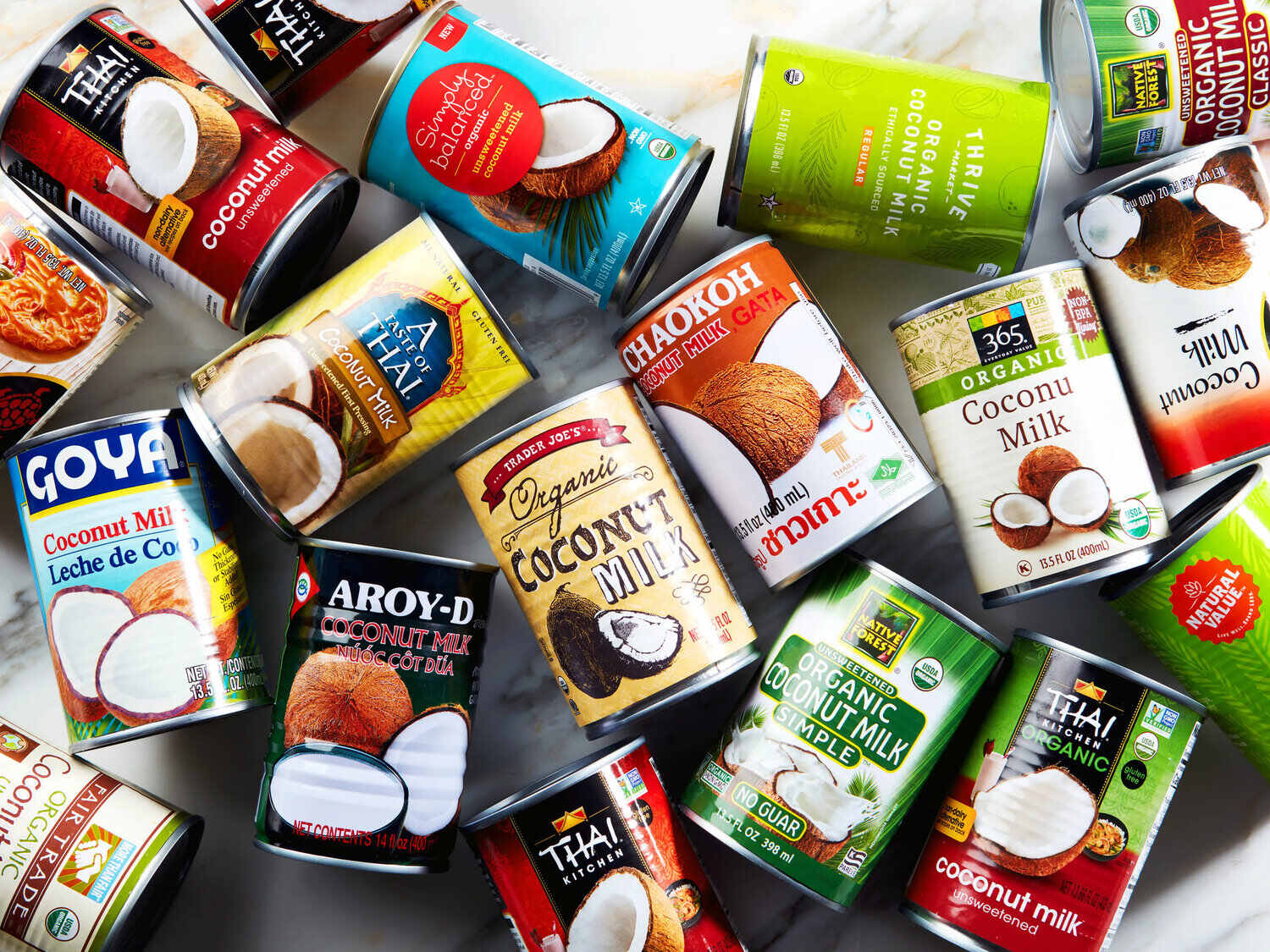
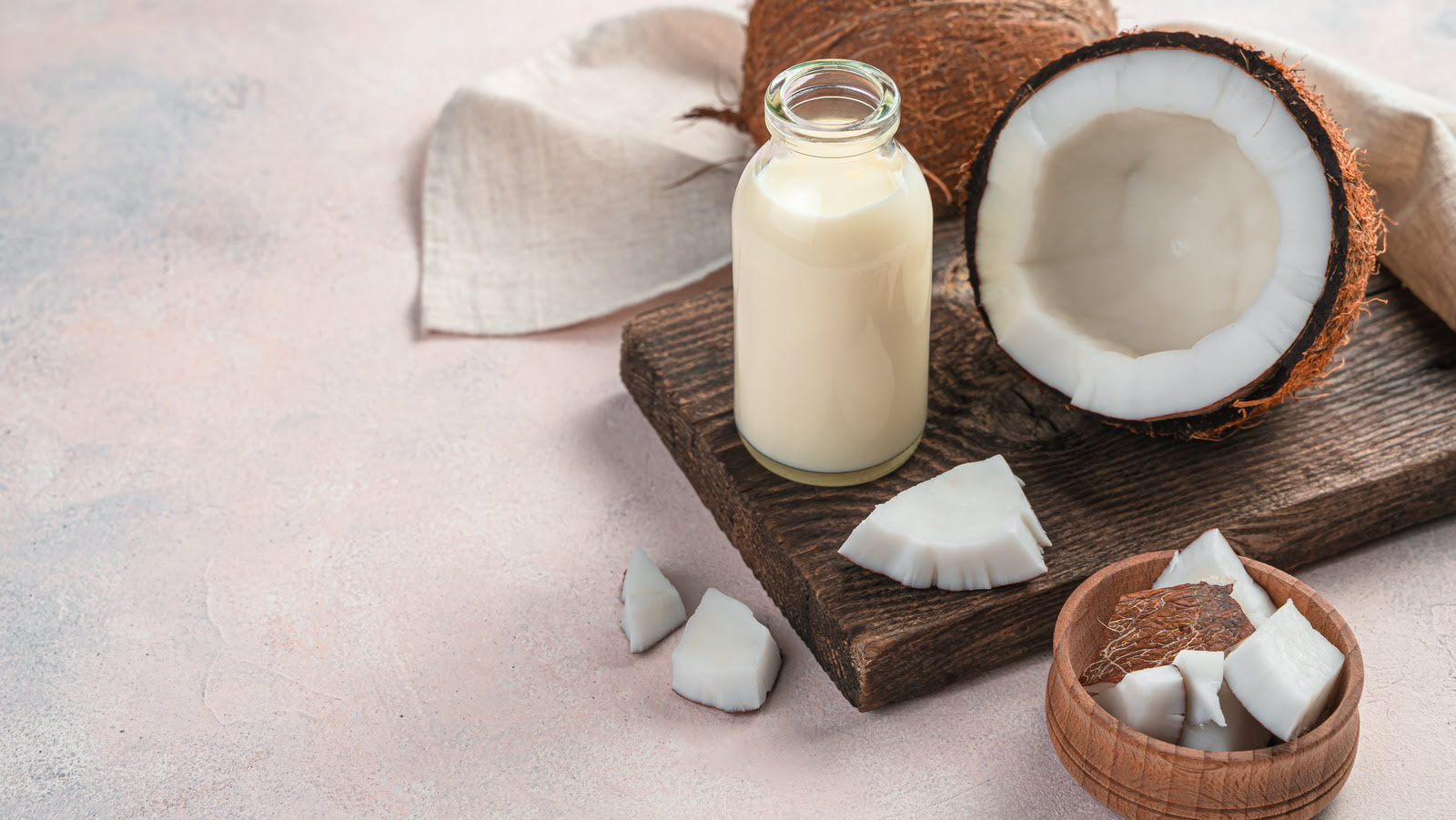
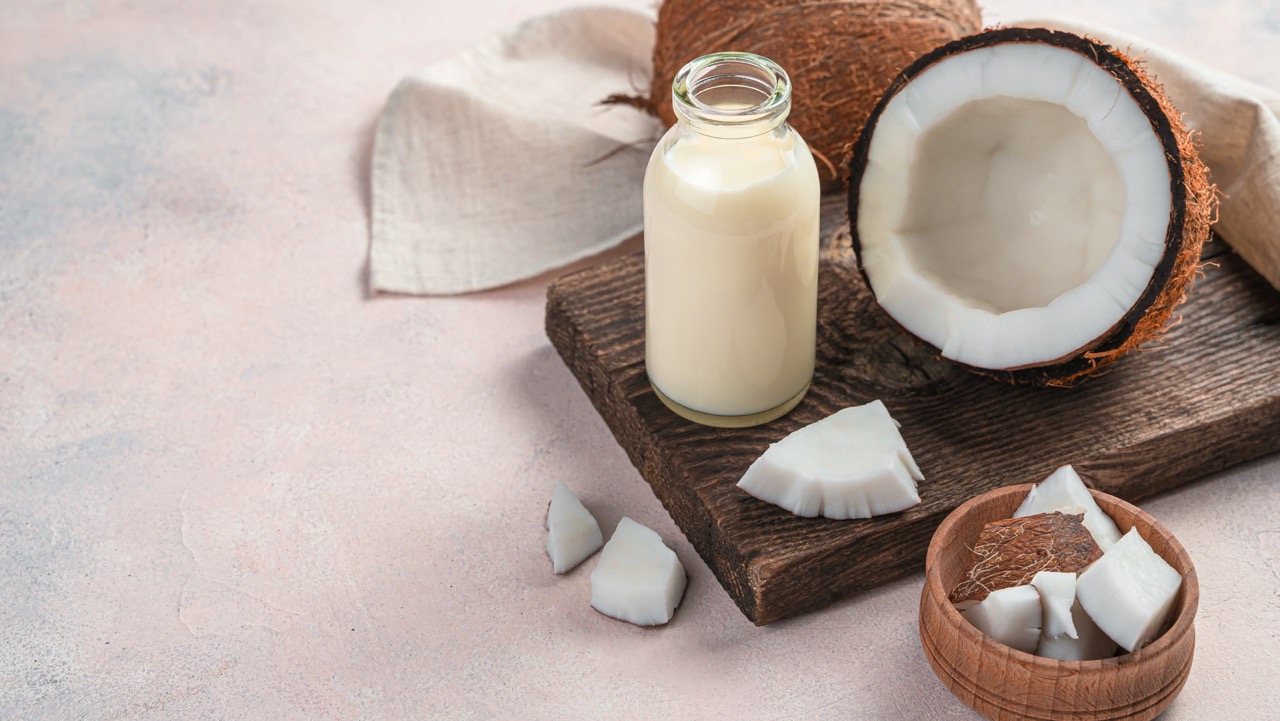
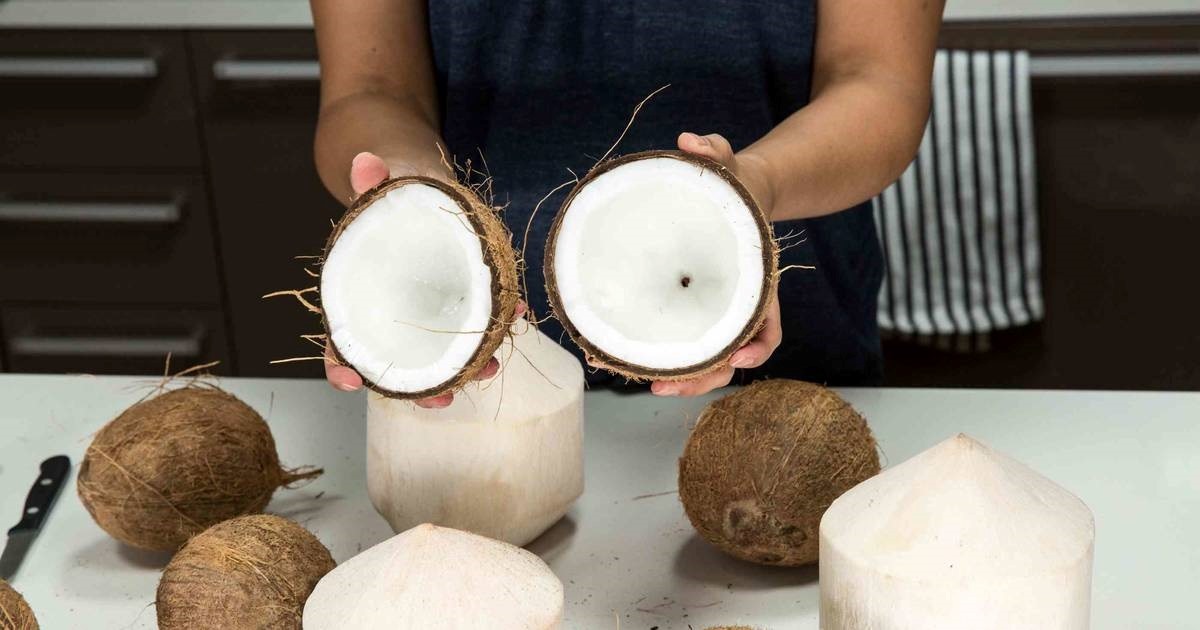
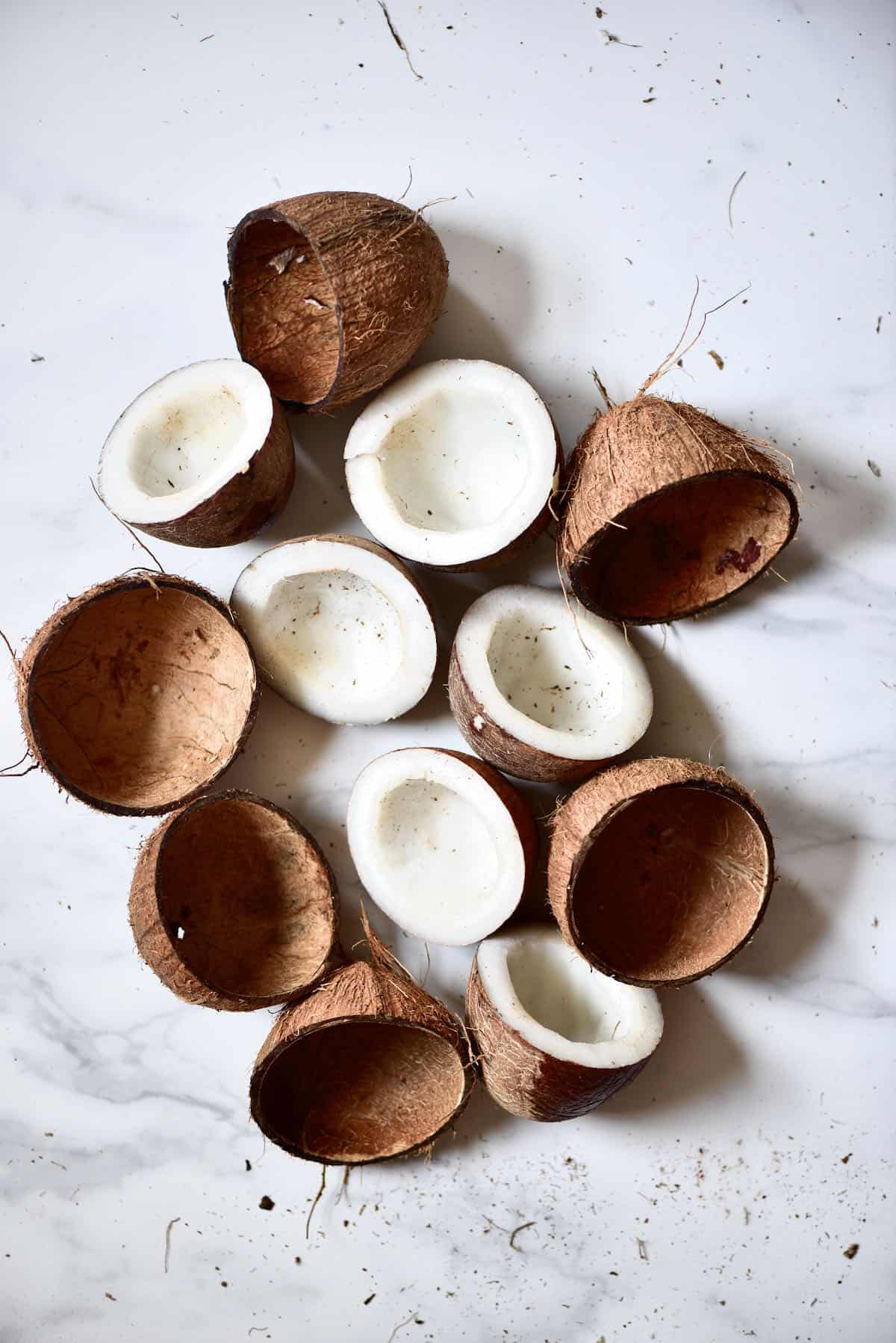
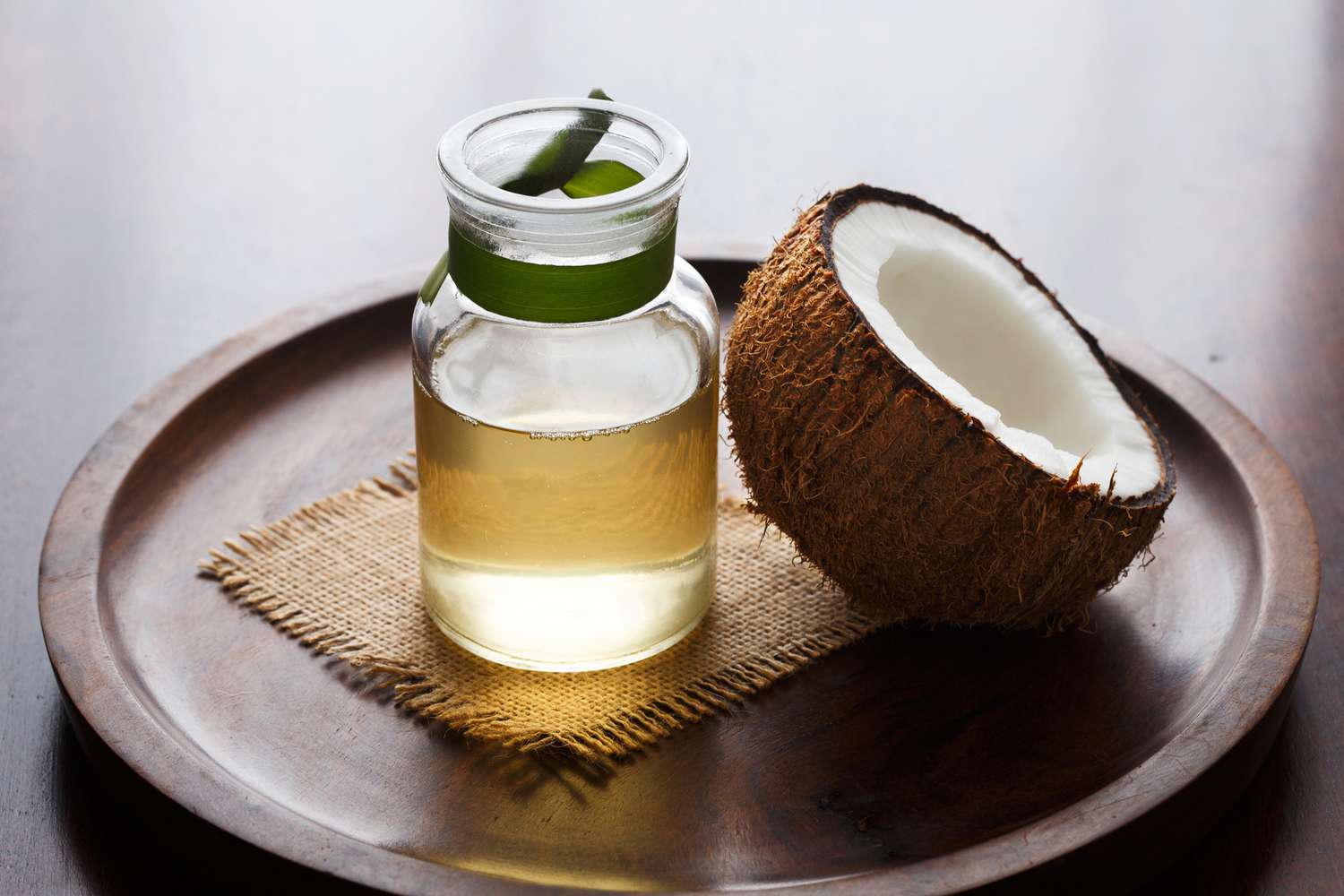
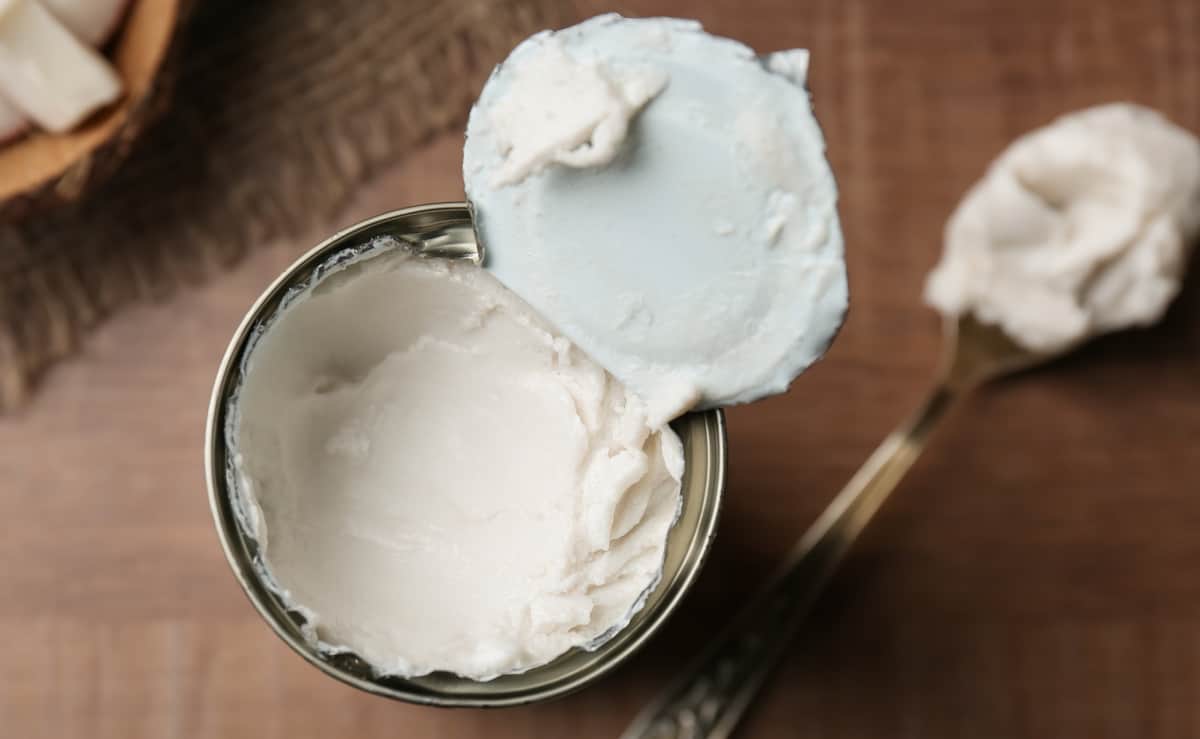
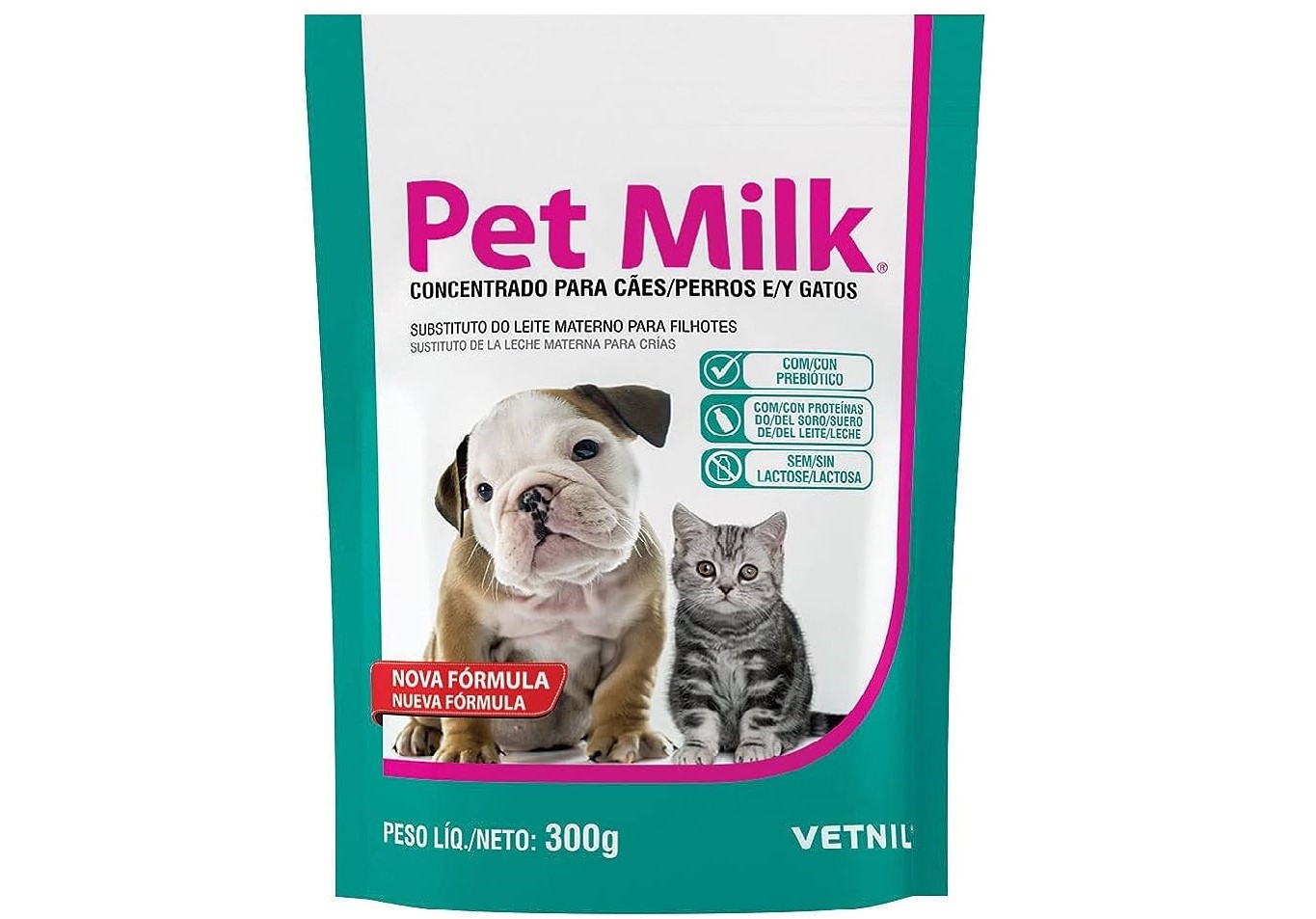
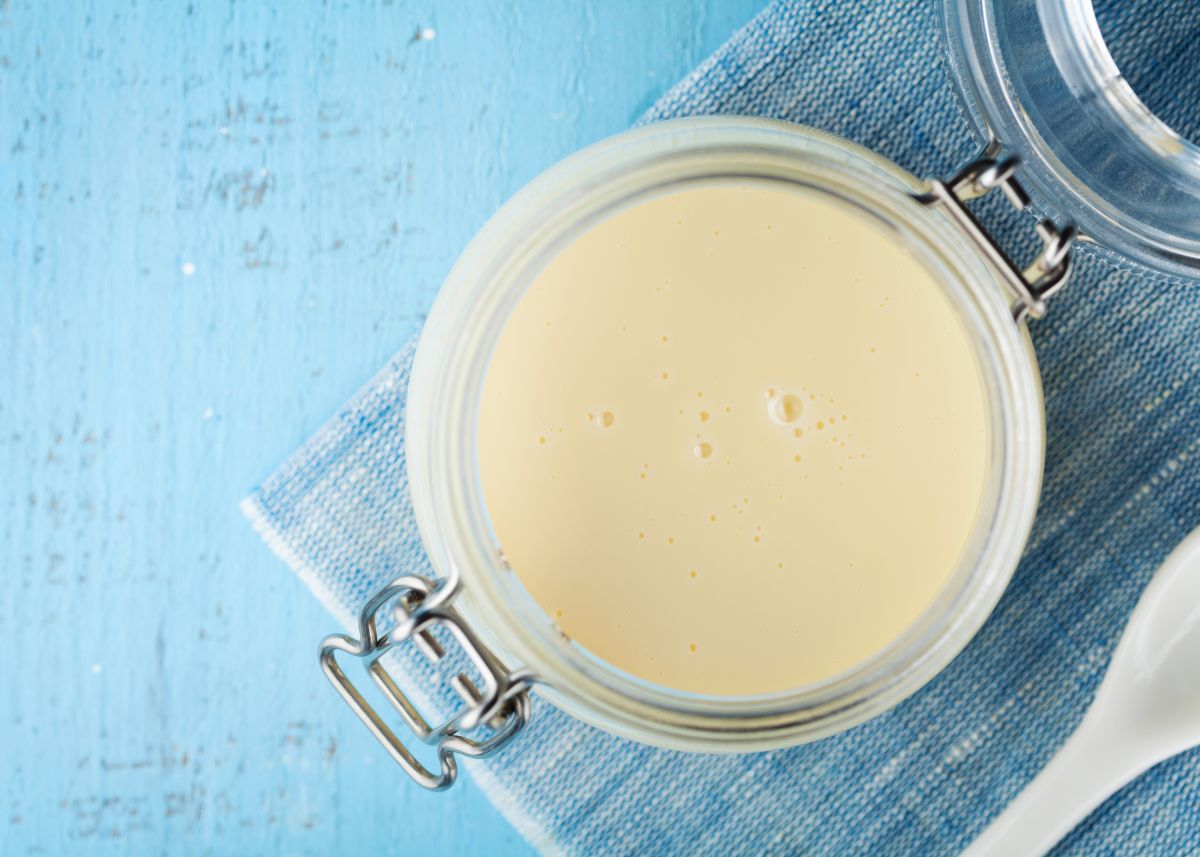
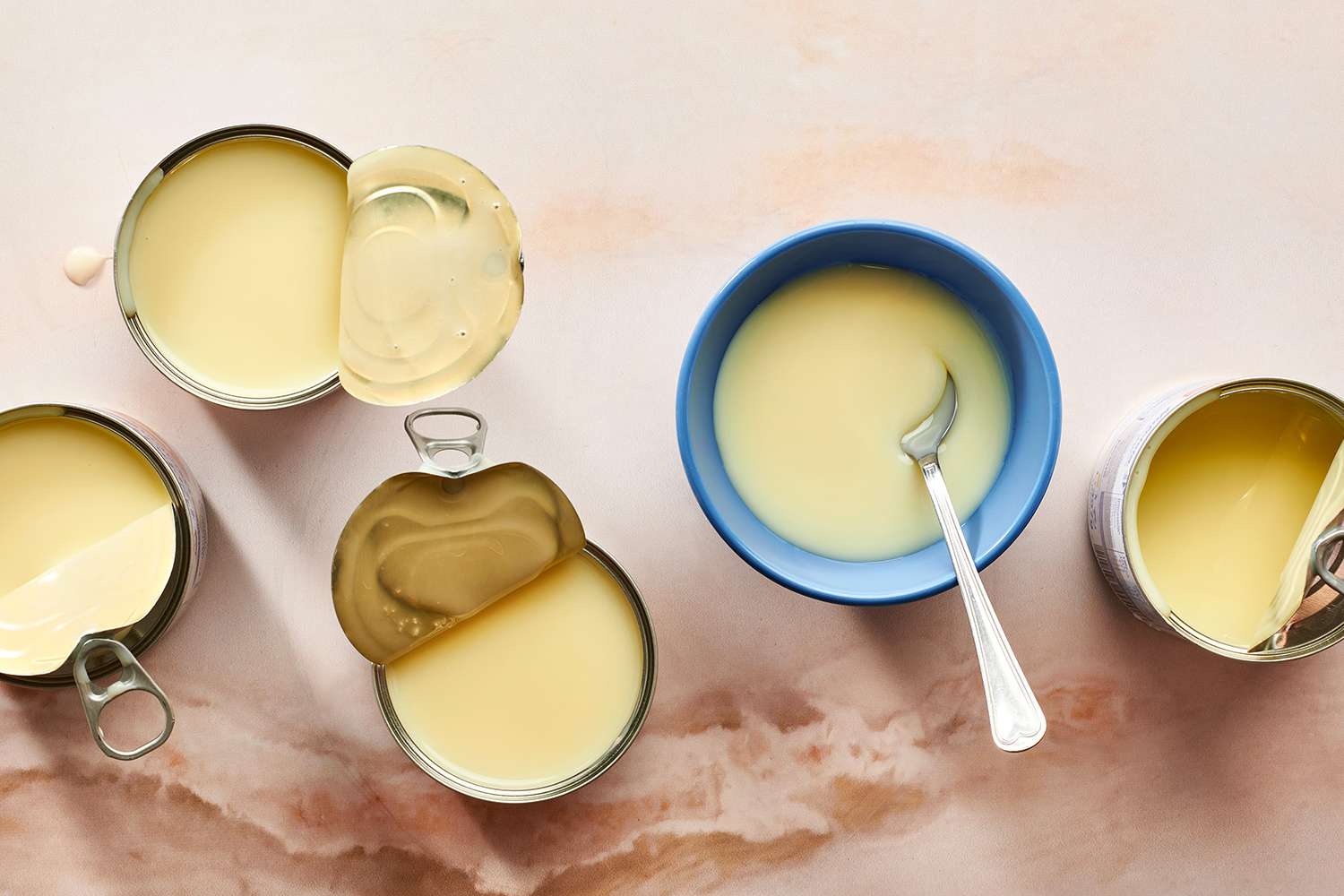
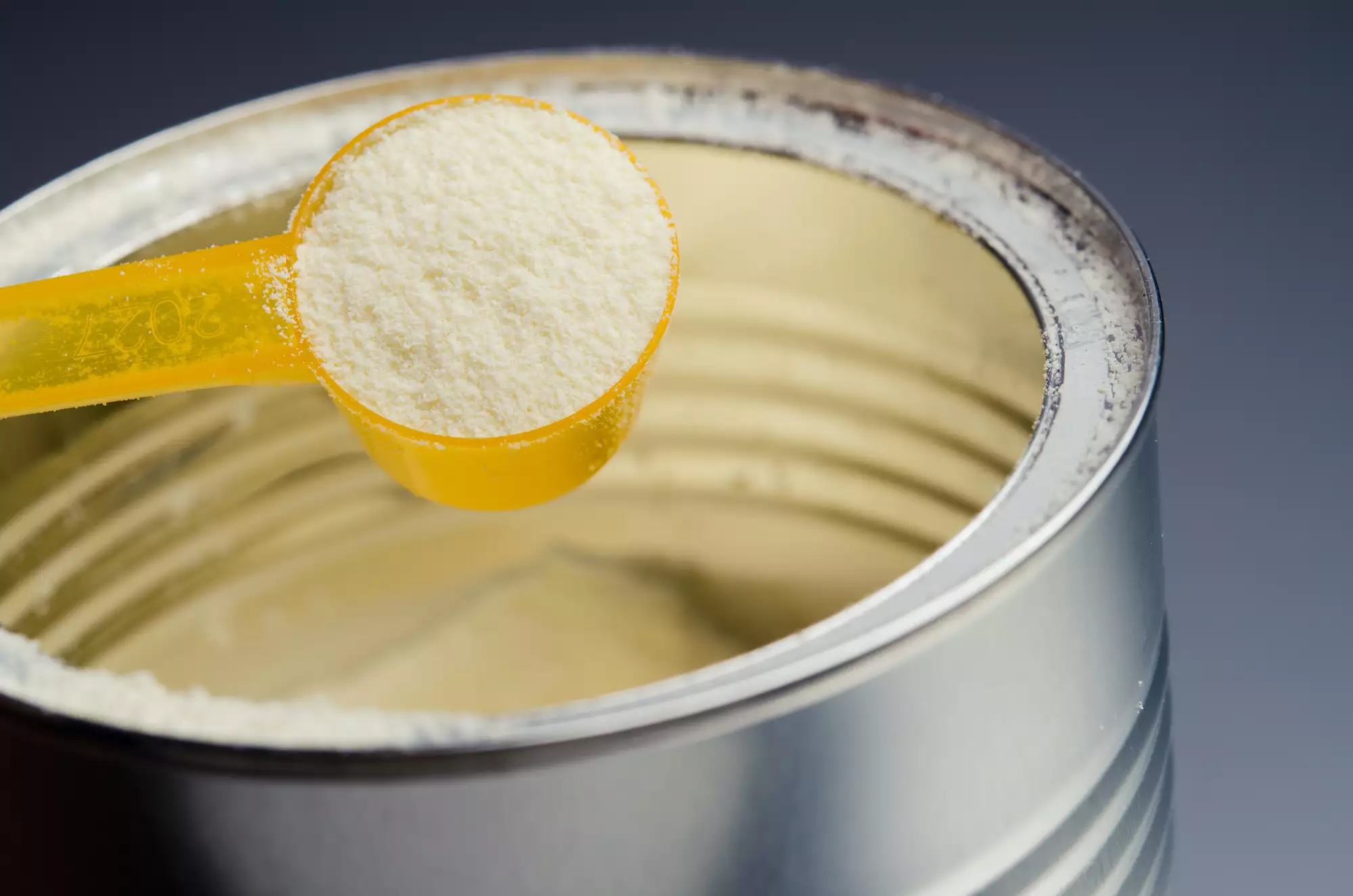
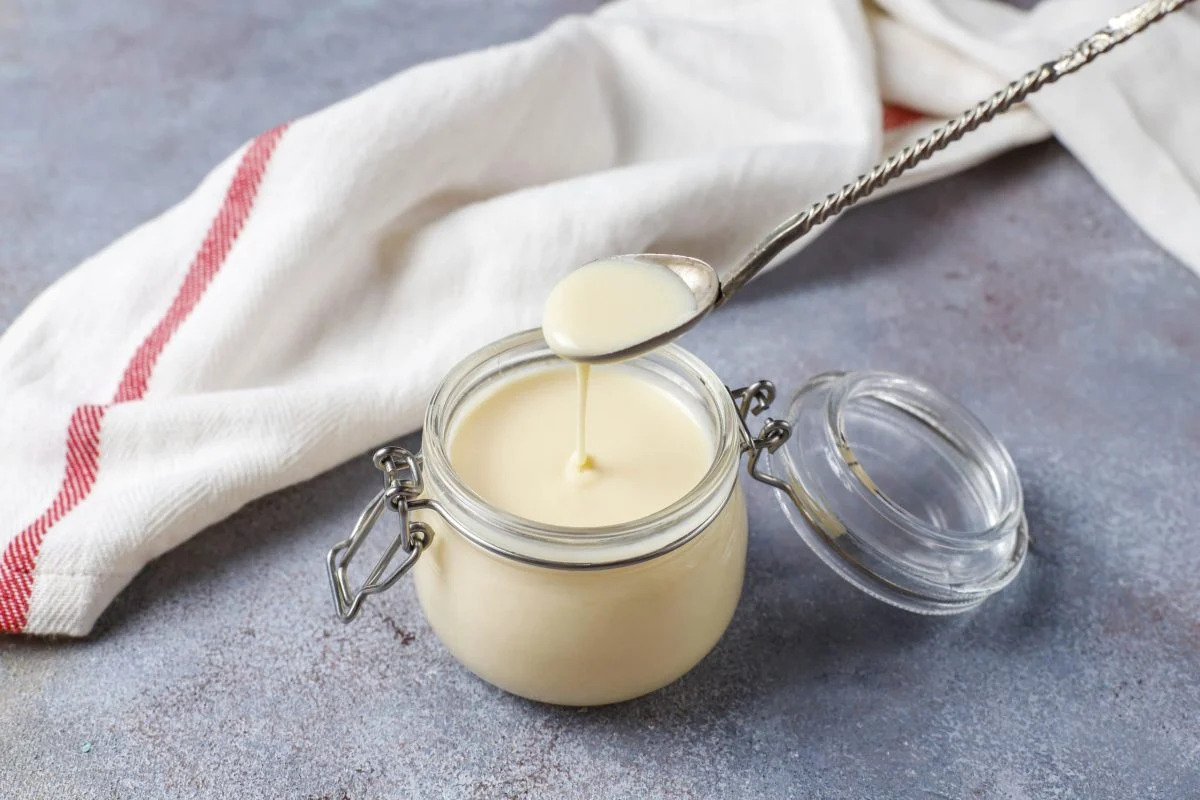
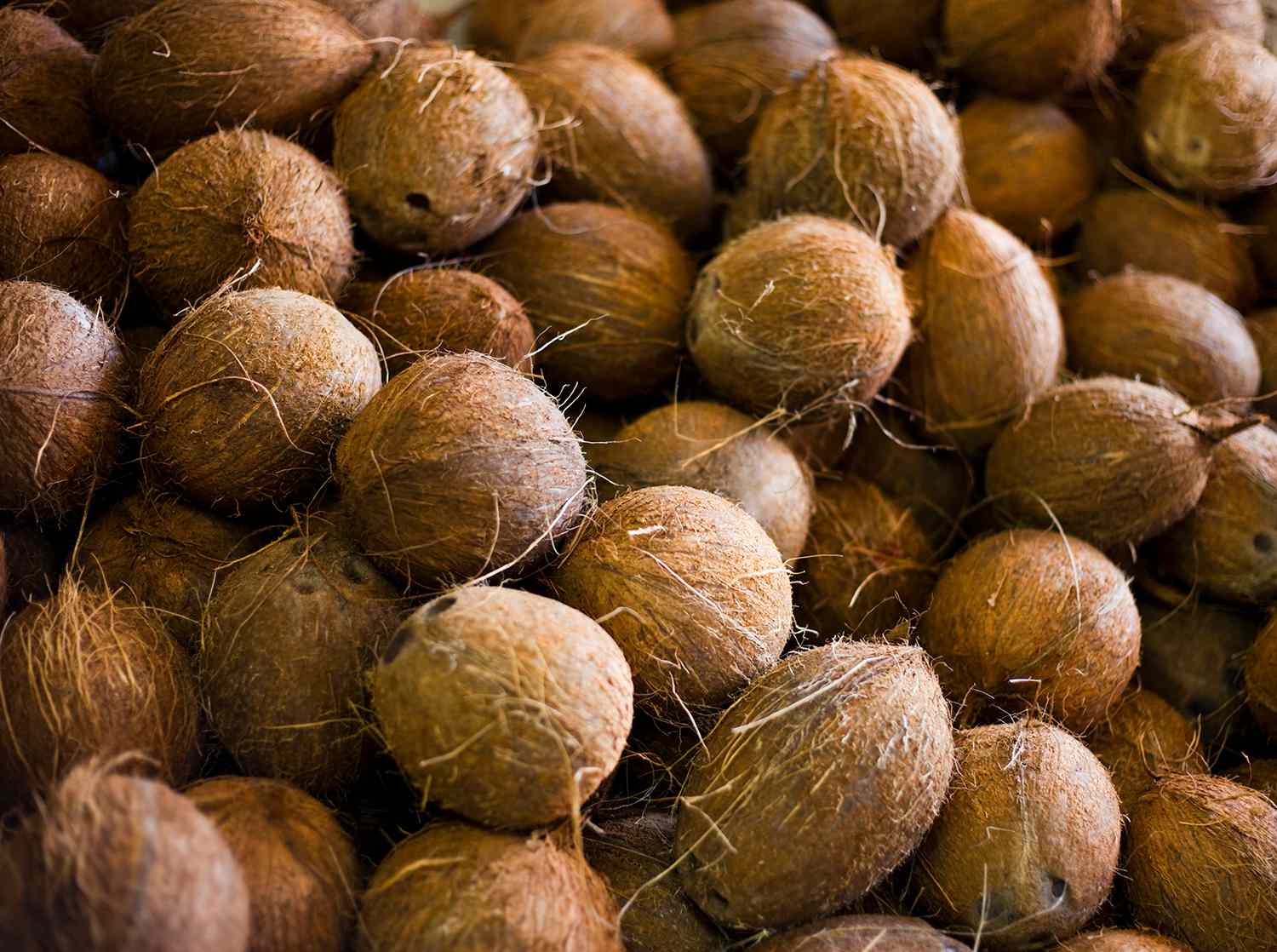

0 thoughts on “How To Store Open Can Of Coconut Milk”